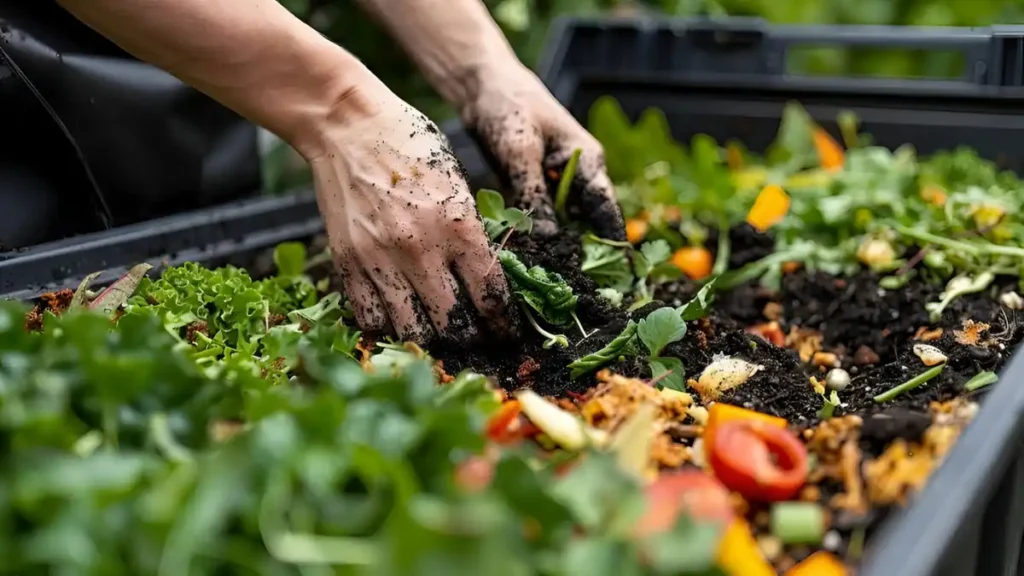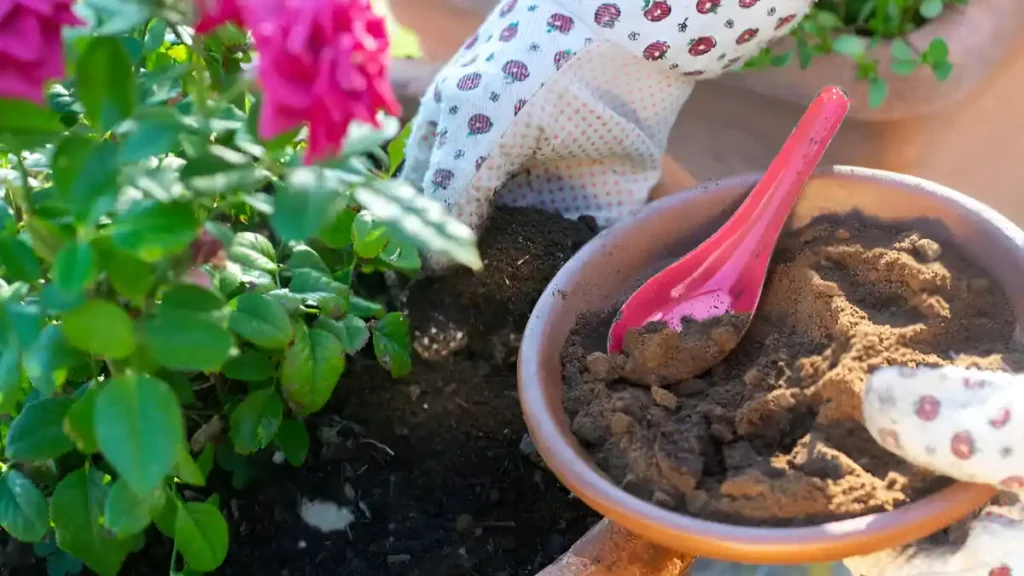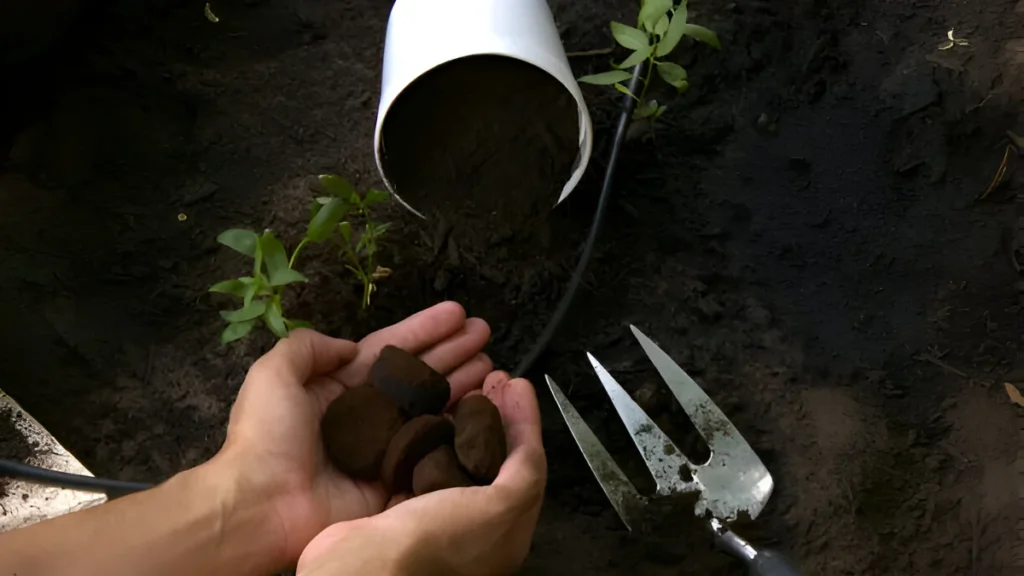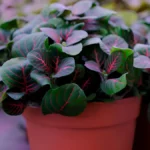Coffee grounds are a great supplement to gardening techniques, providing numerous advantages for soil quality and plant health. Its influence extends beyond the kitchen. Rather, coffee grounds have an equally powerful effect on plants in gardens, where many gardeners use them to their advantage. Reused coffee grinds, the leftovers from a coffee maker, are high in nitrogen, potassium, and phosphorus. Here’s everything you need to know about why coffee grounds are beneficial to plants, according to experts, if you’re interested in sustainable gardening.
Are coffee grounds good for plants:
- The use of coffee grounds for plants improves soil and lowers landfill waste. More significantly, coffee grounds enrich the soil with nitrogen, essential for plants to absorb nutrients and water.
- Gardeners often choose coffee grounds because they provide many advantages for soil and plants. Regarding houseplants, most can benefit from having a teaspoon of used coffee grinds added to their soil. Even infrequent watering can be done using super-diluted coffee dregs.
- Coffee grinds are considered green compost material, so keep that in mind if you decide to put them in the compost bin. Consider adding some dark compost stuff to balance things out. Using all those used coffee grounds as compost is a logical decision.
How to use coffee grounds as fertilizer:
- You just need to lightly rake in the ground-sprinkled coffee grounds. Avoid allowing them to dry out on the surface as this may prevent water from penetrating the soil underneath.
- Additionally, leftover diluted coffee can be made into a liquid fertilizer for plants. Just combine five gallons of water and two cups of brewed coffee grounds in a bucket and let it sit overnight.
- Remember those acidity guidelines if you plan to directly fertilize plants with your coffee grounds. It is possible to use even an unbrewed bag of leftover ground coffee. Just be cautious—a solid pile of coffee grounds could obstruct water.

- Making compost out of all those leftover coffee grounds is a pretty smart move. Just pile them on top of the compost pile and let it do its work.
- It takes time to use them directly as fertilizer. The acidity of the coffee has been mitigated if it has been brewed. In a planting bed, spent grounds can be scattered or gently worked into the earth.
- Coffee ground tea is another usage for coffee grounds in the soil. This is not hard at all. Just combine a few cups of used coffee grounds with five gallons of water in a bucket. Use the combination as a liquid fertilizer after letting it sit for the entire night.
Benefits of coffee grounds for plants:
- Coffee grounds enhance soil aeration, water retention, and drainage. Grounds are composed of microscopic particles that are prone to clumping and can so obstruct water and other necessary nutrients.
- Coffee grounds, both used and fresh, contain nitrogen, potassium, phosphorus, and a wide range of micronutrients and can be used as mulch or slow-release fertilizer in the garden.
- Ants, snails, and slugs can be discouraged by the aroma and feel of coffee grounds. It can be tough for these pests to get beyond a barrier that is created by scattering coffee grinds around plants.
- Certain studies suggest that coffee grounds can help suppress fungal diseases in plants, like fusarium and Pythium, which can affect seedlings and young plants.
- Coffee grounds can assist alkaline soils achieve a balanced pH since they range from slightly acidic to neutral. This is especially good for plants that like acid.

Conclusion:
In conclusion, if used properly, coffee grounds can be a useful organic fertilizer for your plants. They contribute to a more sustainable gardening method, supply vital nutrients, and enhance soil health. Applying fertilizer and keeping an eye on it carefully will guarantee that your plants get the benefits without suffering any harm. You can use coffee grounds by following the above guidelines.
Certainly! If you’d like to learn more, please consider following our WhatsApp Channel: Harvest Gardening
A frequently asked questions:
Q1. What are the best coffee grounds for plants?
A1. The best coffee grounds for plants are fresh, used ones. They are slightly acidic and serve to lower the pH of the soil, benefiting plants like azaleas, rhododendrons, etc.
Q2. Which plants like coffee grounds the most?
A2. The soil of even acid-loving plants, such as heather, holly, azalea, and blueberries, is usually too acidic to directly add coffee grounds to.
Q3. What plants don’t like coffee grounds?
A3. Avoid using fresh coffee grounds on plants that demand alkaline soil because most coffee grounds incline toward acidity. Mediterranean herbs like lavender, thyme, and rosemary are included in this, along with asparagus, campanula, salvia, and achillea.



